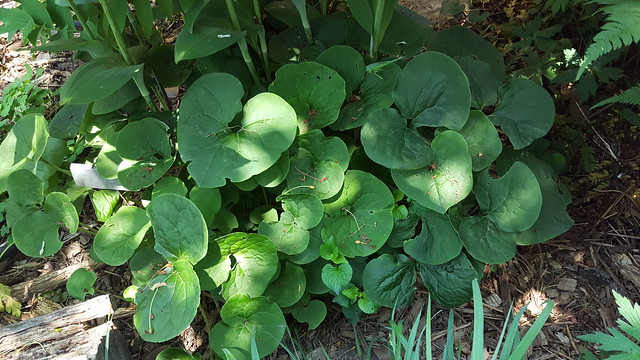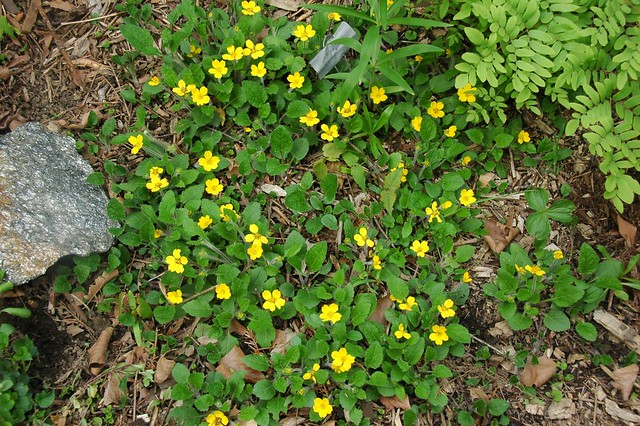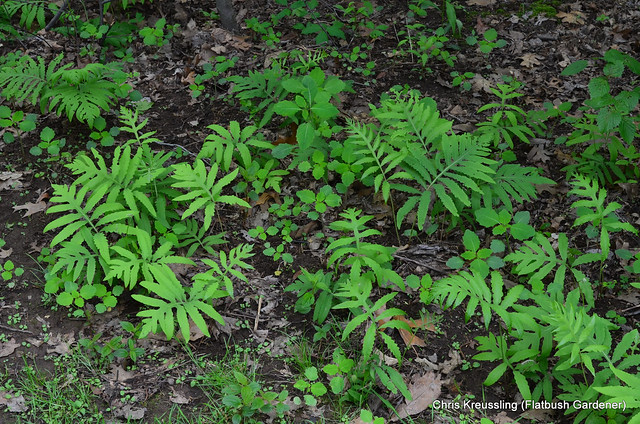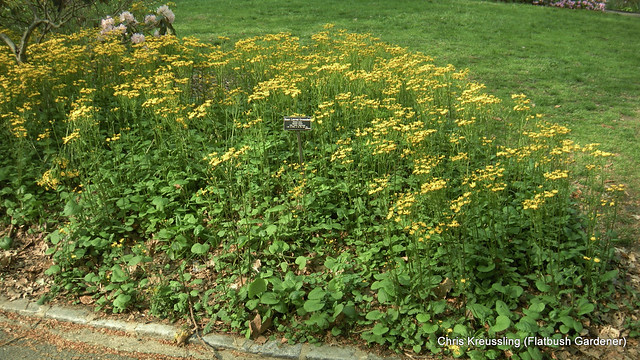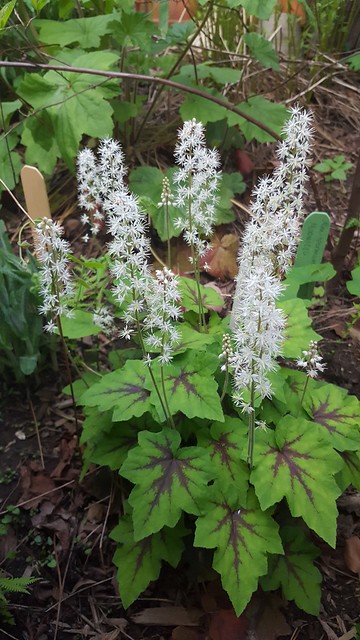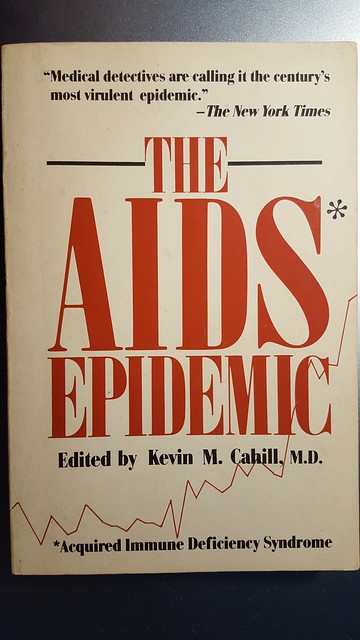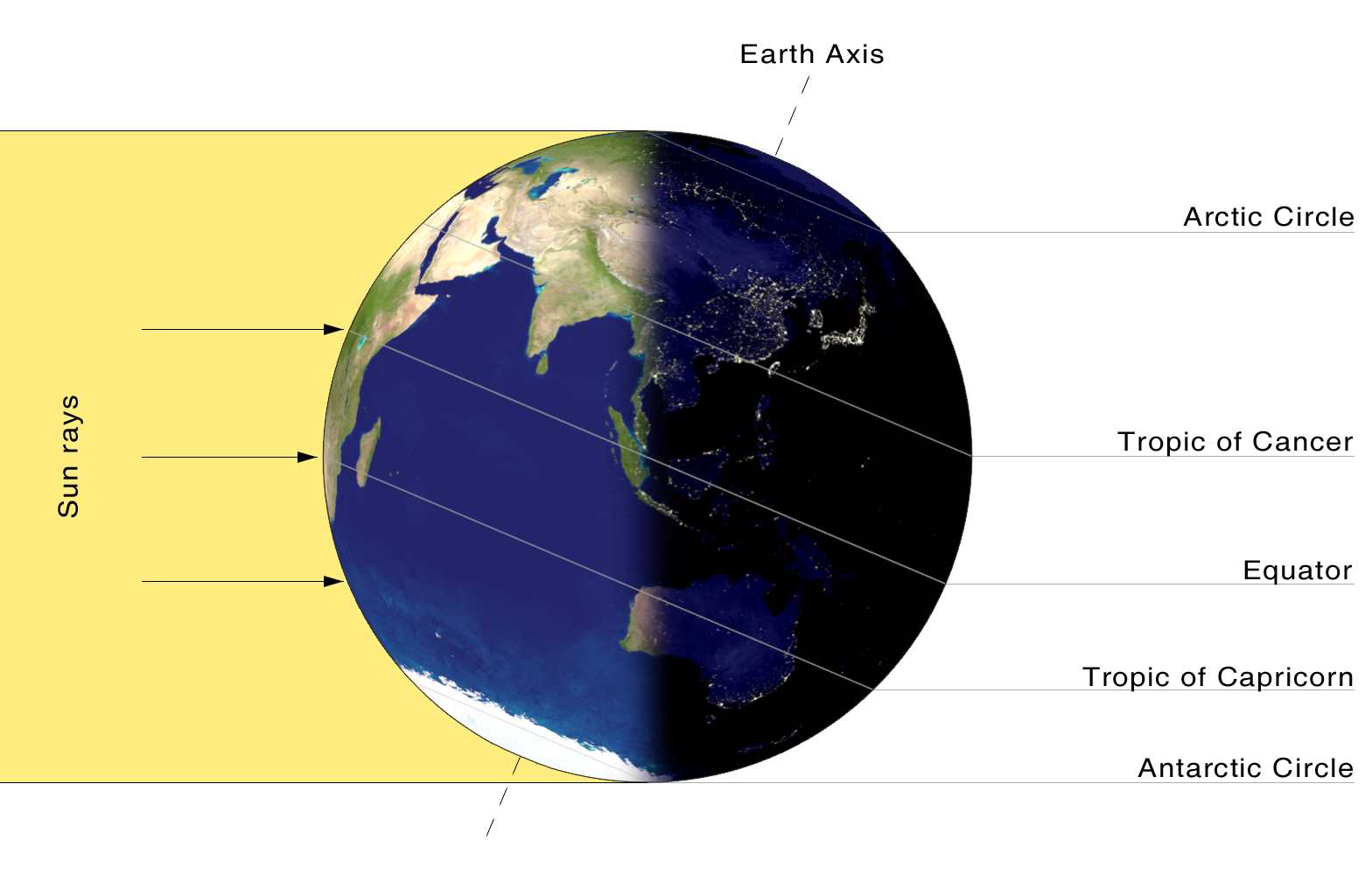New York State Gardeners: You can help re-introduce our state insect! See Links below.
A decade ago, shortly after I launched this blog, I wrote the following:
[Coccinella] novemnotata was once common. How did New York State get to have a once-native-but-no-longer-resident state insect?
Not just common; C. novemnotata, or C9 for short, was once the most common lady beetle in the eastern U.S.
In 1980, when the bill was first introduced to make C9 our state insect, it was still common. It suffered a rapid decline through the 1980s. By the time it was finally designated the state insect in 1989, it hadn’t been seen in the state for 7 years.
In 2006, then-assemblywoman Nancy Calhoun introduced a bill to change the state insect to one which hadn’t been extirpated from the state. In her words, “Why do we want to get something like this wrong?” I wrote:
Instead of introducing a bill to gloss over the extirpation of a species, let’s reintroduce and restore C. novemnotata to New York State. Then our state insect would be a symbol to aspire to, and not simply an “error.”
Well, it may finally be time to do so. In 2001, 29 years after its disappearance from the state, C9 was finally found again, on Long Island. After years of research, Dr. John Losey and his colleagues at Cornell University have successfully reared C9 in captivity. And now, through the Lost Ladybug Project, they are making C9 larvae available to New York state gardeners and others.
Here’s one of them, freshly released in my garden, exploring Heliopsis helianthoides in my front yard.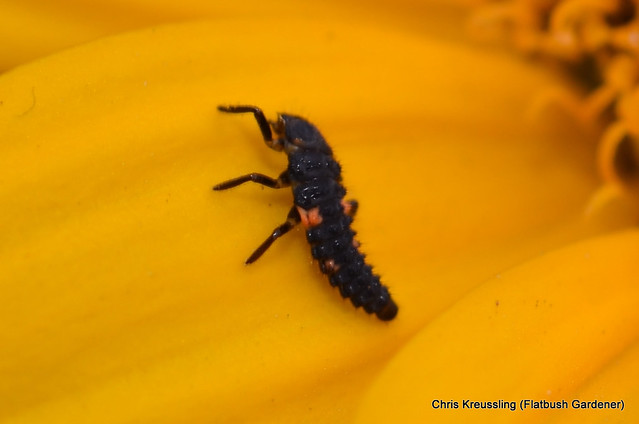
Gardening for Insects
- Stop using pesticides in the garden. Not just insecticides, but herbicides, fungicides, etc.
- Grow more native plants, and more varieties of them. Many insects feed on plants in their larval stages, e.g.: caterpillars, and can’t feed effectively on plants with which they haven’t co-evolved.
- A variety of native plant species also provides more flowers to provide nectar and pollen for adult insects. Choose plants that have clusters of small flowers, which will attract a larger diversity of insects than big, blowsy flowers.
- Leave piles of leaf litter, old logs and branches, standing dead stems of plants. These provide shelter for eggs, pupae, and adults.
Timeline
1970: Coccinella novemnotata (C9) is the most common lady beetle species in the northeastern U.S.
1980: Nominated as New York state insect.
1980s: Begins rapidly declining. Speculation as to causes includes competition with introduced species, but no definitive answers have yet been found.
1982: Last seen in New York state.
1989: Designated NY State Insect, despite being apparently absent for 7 years.
1992: Last seen in the eastern U.S.
2000: The Lost Ladybug Project initiated as a citizen science project.
2006-06-15: Bill 2005-A06247 passes the NY State Assembly to change the state insect from Coccinella novemnotata, extirpated from NY State, to Coleomegilla maculata.
October 2006: C9 re-discovered in Virginia, first time it’s seen on the East Coast since 1992, 14 years.
2011-07-30: C9 rediscovered on Long Island, first time seen in New York since 1982, 29 years.
2016: Lost Ladybug Project launches program to re-introduce captively bred C9
Related Content
Coleomegilla usurps Coccinella as New York State Insect, 2006-06-23
Flickr photo set: Coccinella novemnotata, nine-spotted lady beetle, aka “C9”
Pollinator Gardens, for Schools and Others, 2015-02-20
FAQ: Where do you get your plants?
The 2014 NYCWW Pollinator Safari of my Gardens
Gardening with the Hymenoptera (and yet not), 2011-07-31
Gardening with the Lepidoptera, 2011-06-11
My blog posts on Butterflies (Lepidoptera), Bees and Wasps (Hymenoptera), Pollinators, Habitat, and Ecology
My Native Plants page
Retail sources for native plants
Links
Lost Ladybug Project
Ninespotted Ladybug Restoration
C. novemnotata in decline
Other Links
NY State Assemble Bill 2005-A06247
BugGuide: Coccinella novemnotata
Discover Life: Coccinella novemnotata Herbst, 1793:269, NINE-SPOTTED LADY BEETLE, Nine-spotted ladybug
Encyclopedia of Life (EOL): Coccinella novemnotata
Xerces Society:
- Ladybird beetles: nine-spotted lady beetle (Coccinella novemnotata)
- The Decline of C-9 – New York’s State Insect (PDF, 5 pp), Wings magazine Fall 2003 (Vol. 26, #2): Beetles
Animal Diversity: Coccinella novemnotata
Cornell University, Insect Conservation: Coccinella novemnotata, Nine Spotted lady Beetle

